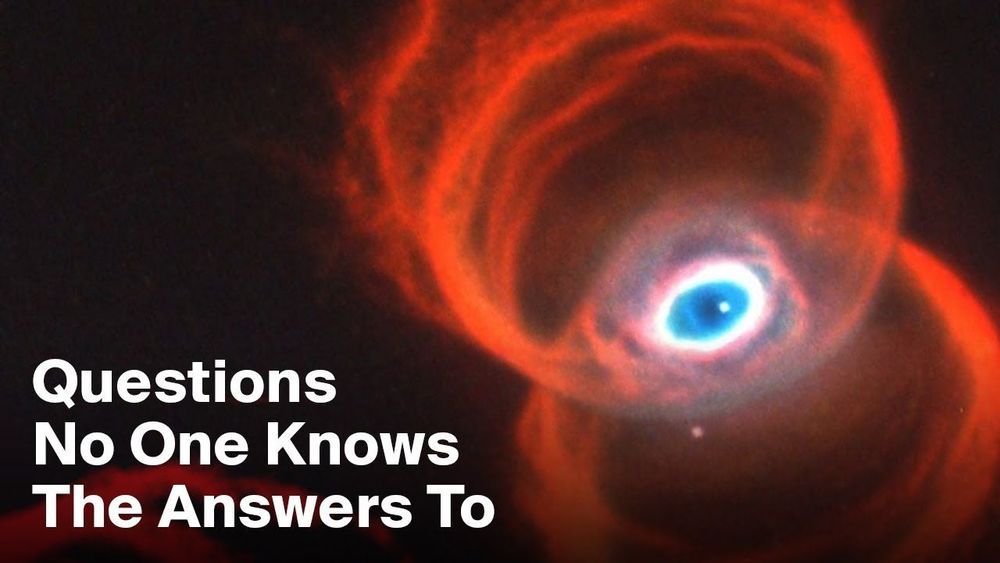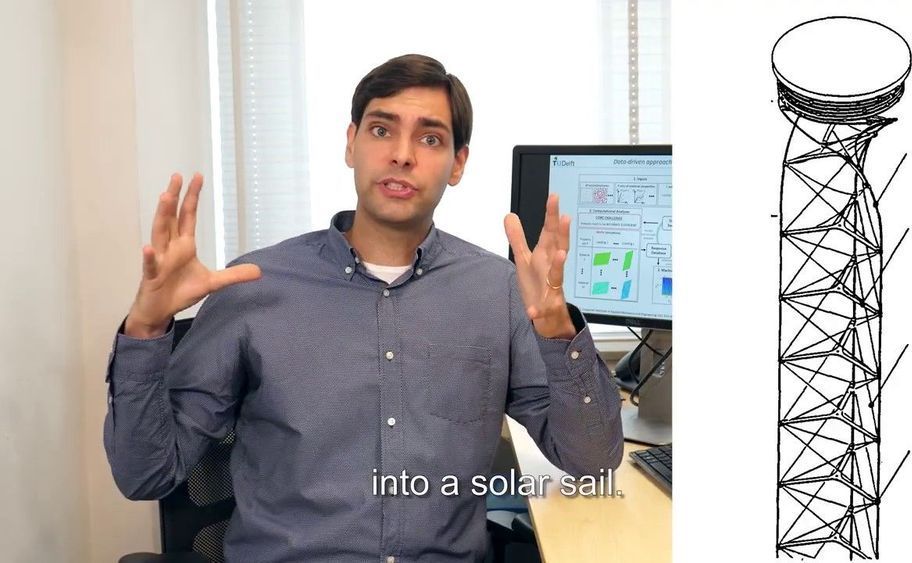Arnold Schwarzenegger tells Howard he doesn’t want to die and gives his take on what the afterlife might be like.
SUBSCRIBE for more videos: http://bit.ly/2qswmZU
Want to know what’s going on with Howard Stern in the future?
Follow us on Twitter: http://bit.ly/1RzxGPD
On Facebook: http://on.fb.me/1JELtz3
On Instagram: https://goo.gl/VsWTND
For more great content from the Howard Stern Show visit our official website: http://www.HowardStern.com
Hear more Howard Stern by signing up for a free SiriusXM trial: https://goo.gl/uNL0Du









